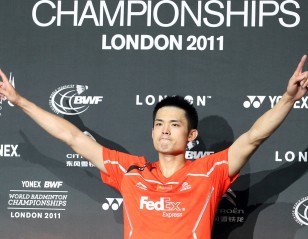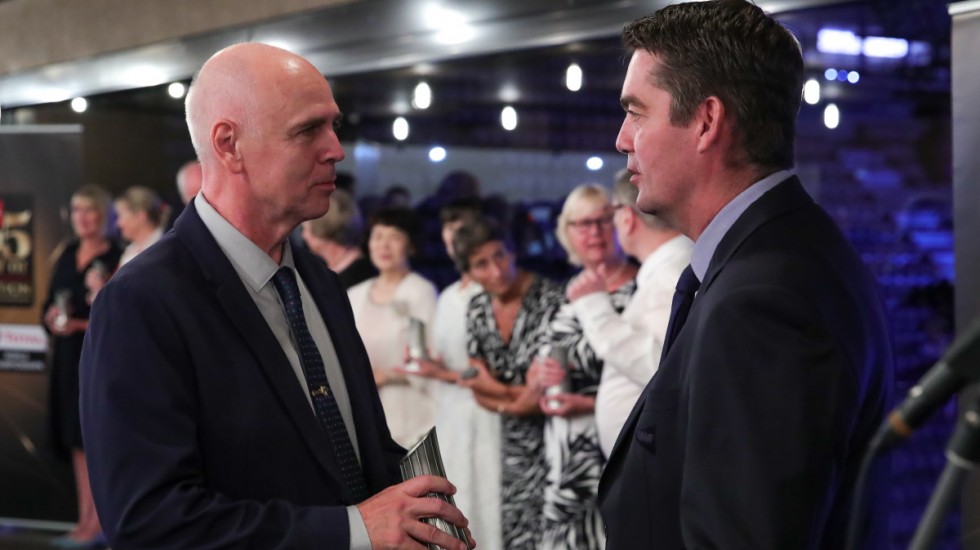
Three-Event Titan – 25th Edition World C’ships
Thomas Kihlstrom occupies a special place in badminton history. The Swede, a star of the Seventies and Eighties, is the only male player to have won World Championships medals in three categories – no mean feat, for the World Championships have been through 25 editions.
Kihlstrom won bronze in men’s singles and men’s doubles in the inaugural edition in 1977 and mixed doubles gold in 1983.

Kihlstrom, as one of the medallists from the inaugural edition, was one of the special invitees at the TOTAL BWF World Championships 2019 last week in Basel. Excerpts from an interview with BWF:
What struck you about the action at the World Championships this time?
This is the first in a long time I’ve seen the World Championships. I believe the improvement is really impressive. I like the play, I like the standard, it has upgraded, especially in the ladies. It’s nice to see. But there’s still room for improvement.
You were one of the few players to excel in all three event categories…
Yes. Now they don’t seem to… but of course it’s a lot harder. From round 1, you have to fight. You can see that some of the top players lost in the first round here. So the standard overall is much higher.
I was quite fit. In my case, the most impressive feat was not the World Championships which I won, but the Japan Open five times – two in singles (1977, 1982) and two in doubles (1983, 1984) and one in mixed (1983).
(At one edition) We started men’s singles at 10 O’clock, then 12 O’clock, then 2 and then 4. So we had four singles matches in one day. Two days later it was the men’s finals. It was hard to play a match every two hours. So even if the game has developed tremendously, we also did well in our circumstances. But I like the standard now, it’s more professional.
Have any of the elements of the game changed or disappeared since your time?
It’s difficult to say. The only thing I notice is that the intent to play not so many drop shots or net shots. They play more into the court. In my mind, I think you should use all the four corners. But sometimes (now) they play more into the court. My strategy was to play the four corners. Every time I was under pressure, I would put the ball close to the net or back of the court so they couldn’t attack. But it’s a matter of taste, you know.
How did you manage your training time between the three categories?
My father was an excellent coach. He was really ahead of his time. I learnt a lot from that. The methods they’re doing now, I did in the Seventies. It’s a mental game. My father taught me a lot of good strokes. He didn’t play badminton, but some people are born to be a coach. It’s not the same to be a player and a coach. I started when I was 10 and he trained me for ten years.
My father taught me all the tricks, all the shots. We spent hours training net shots. I was good at using all the four corners.
Sweden was a strong badminton nation in your time, but it isn’t any more. What do you believe is the reason?
It’s a sensitive question. Maybe we have been lacking good coaches in Sweden. But to be honest, it depends on the economy.
When you show results, you get television and newspapers and you get attention.
You can look at Denmark. They have a tradition of supporting badminton because they show results. They have sponsors who put in the money. Also now, people choose other sports like tennis, golf of whatever because there’s more money.
I think it will change because badminton is a fantastic game.
Of your many victories, which ones stand out?
One of the semifinals where we beat Tjun Tjun and Wahjudi, who had won six All England titles. I don’t know how many titles I won, but it’s a lot. I really like my performances at the Japan Open.
We had a lot of difficulties in singles with the Danes, the Indonesians and the Chinese. (But) Maybe we had more fun, we enjoyed the game more.
World Championships News
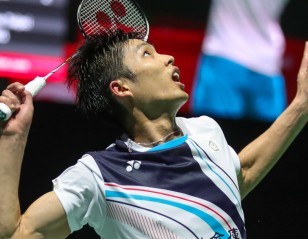
Lessons Learnt, Parting Perspectives 14 September 2019
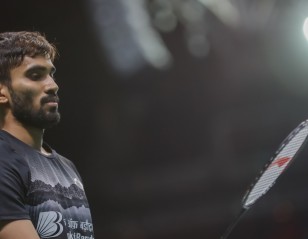
Kidambi Srikanth – A Search for Form 13 September 2019
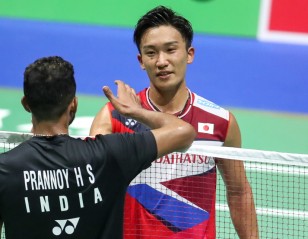
Momota, in the Eyes of his Opponents 12 September 2019
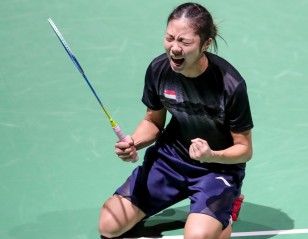
Recap: Upsets at the World Championships 10 September 2019
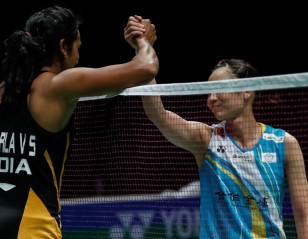
Recap: Memorable Matches of the World Championships 8 September 2019
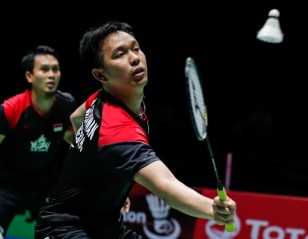
Highlights of the World Championships 7 September 2019
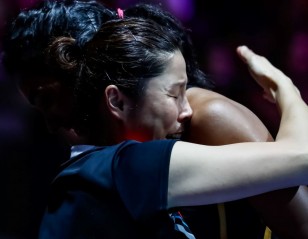
Played ‘Two’ Perfection – Basel 2019 4 September 2019

Badminton, Ice Hockey and the World Championships 4 September 2019
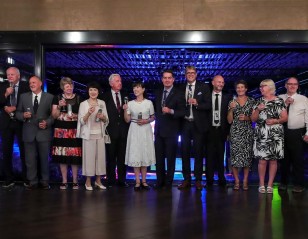
Legends of ’77 – 25th Edition World C’Ships 31 August 2019
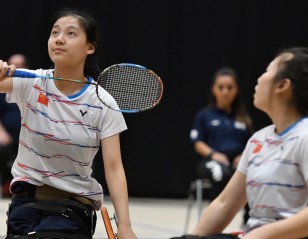
Para Badminton Event Comes to a Close – Basel 2019 27 August 2019
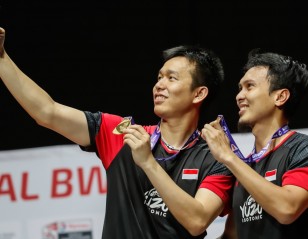
Wristy Trickery Wins the Day – Basel 2019 26 August 2019
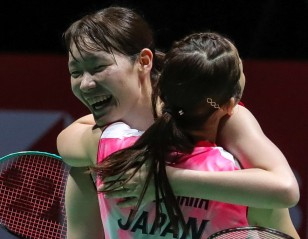
Great Comeback Falls Short – Basel 2019 26 August 2019
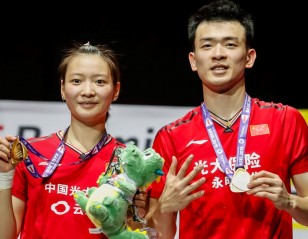
Mixed Doubles ‘Great Wall’ Intact – Basel 2019 26 August 2019
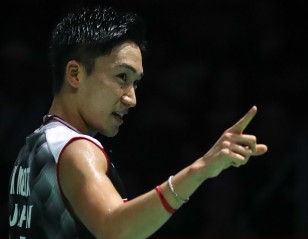
Antonsen Bows to Momota’s Class – Basel 2019 25 August 2019
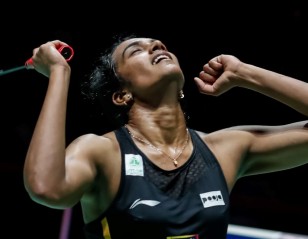
Gold – At Last! – Basel 2019 25 August 2019
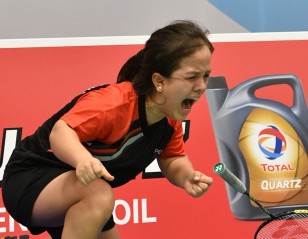
Poveda Makes It a First for Peru – Basel 2019 25 August 2019

Legend Who Broke Records and Paved the Way for Future Stars –... 25 August 2019
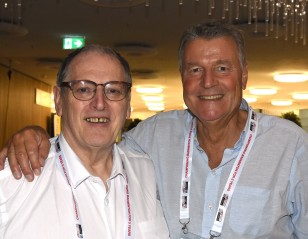
Ray’s a Real Sport – 25th Edition World C’Ships 25 August 2019
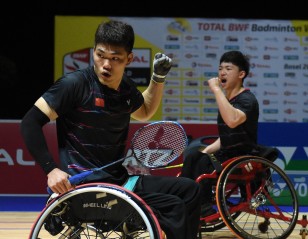
China Take Two Gold – Basel 2019 25 August 2019
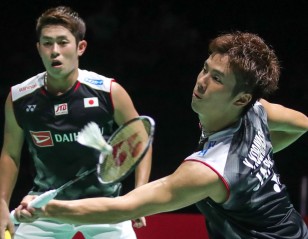
‘Upsetting’ Night for China – Basel 2019 24 August 2019
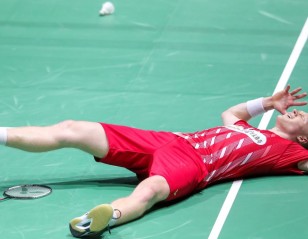
Antonsen’s ‘Insane’ Dream – Basel 2019 24 August 2019
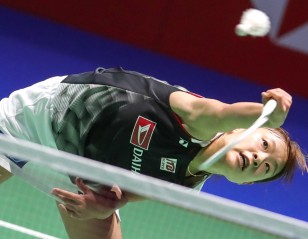
Glasgow ’17 on the Cards – Basel 2019 24 August 2019
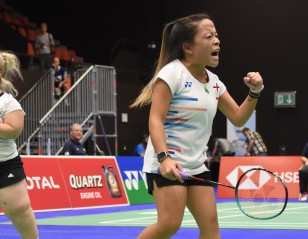
Five Down, Seventeen to Go – Basel 2019 24 August 2019
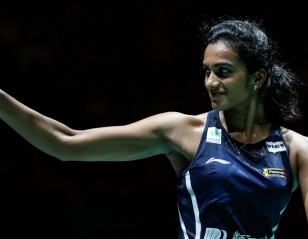
Sindhu Assures Herself: Tomorrow Will Be Different 24 August 2019
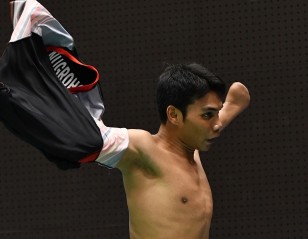
Para Badminton Athletes Turn It Up a Notch – Basel 2019 24 August 2019
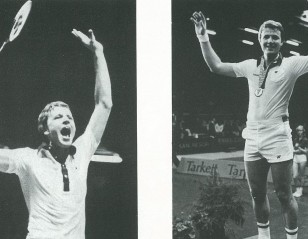
Flaming Dane Set Courts Aglow – 25th Edition World C’Ships 24 August 2019
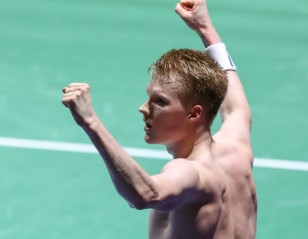
Antonsen Delivers for Europe – Basel 2019 23 August 2019
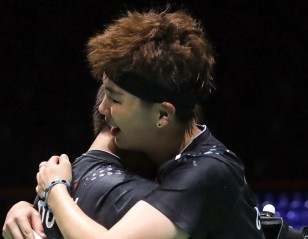
Du/Li Stand Tall After 2-Hour Epic – Basel 2019 23 August 2019
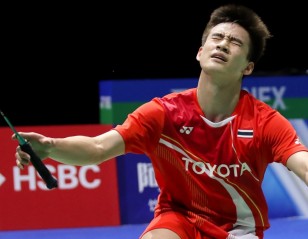
Kantaphon Leads Thailand’s Record Haul – Basel 2019 23 August 2019
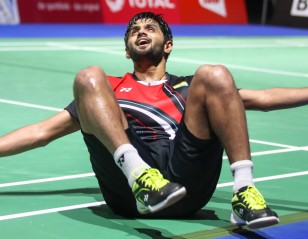
Sensational Session for India – Basel 2019 23 August 2019
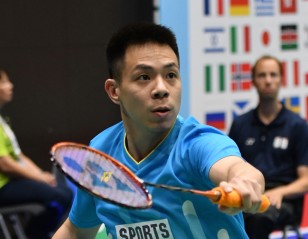
Tall Order for Standing Men – Basel 2019 23 August 2019
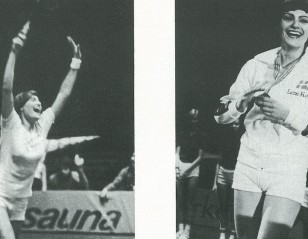
Crowd Pleasing Superstar – 25th Edition World C’Ships 23 August 2019
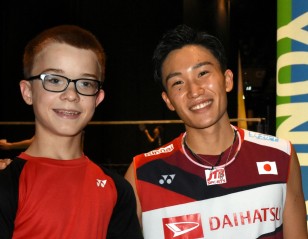
Teenage Shuttler Meets His Idol – Basel 2019 23 August 2019
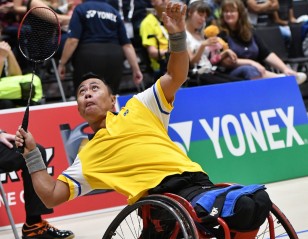
Wheelchair Top Seed Toppled – Basel 2019 23 August 2019
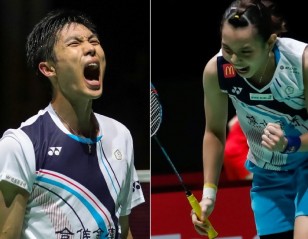
‘Two’ Much Trouble! – Basel 2019 22 August 2019
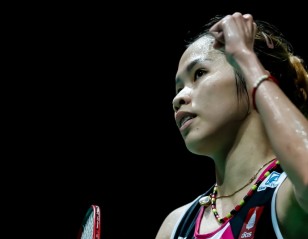
Intanon Survives Scare – Basel 2019 22 August 2019
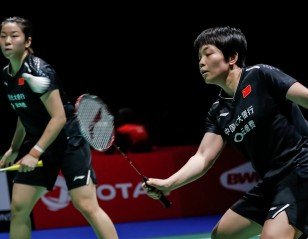
BWF Statement – TOTAL BWF World Championships 2019 22 August 2019
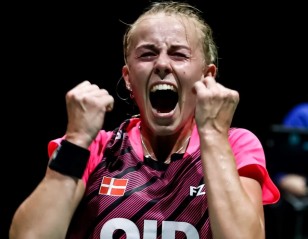
Belated Birthday Blitz! – Basel 2019 22 August 2019
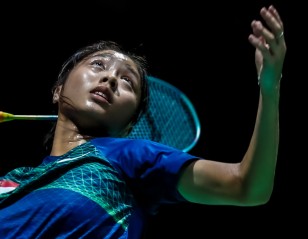
Back Problem Doesn’t Stall Jia Min – Basel 2019 22 August 2019
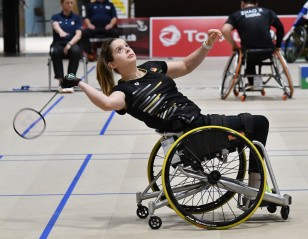
Girl Power – Basel 2019 22 August 2019
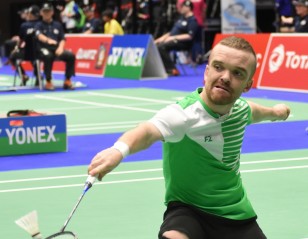
Group Rounds Move into Main Draw – Basel 2019 22 August 2019
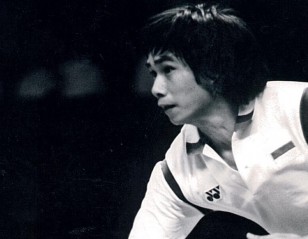
Lessons from the Seventies – 25th Edition World C’Ships 22 August 2019
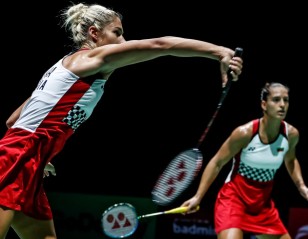
Women Getting in Gear – Basel 2019 21 August 2019
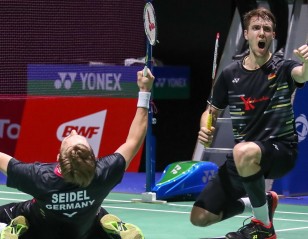
German Shock for Fifth Seeds – Basel 2019 21 August 2019
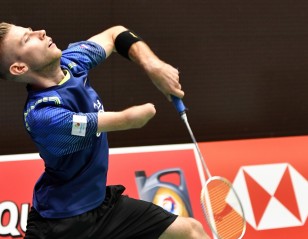
I Feel at Home says Mroz – Basel 2019 21 August 2019
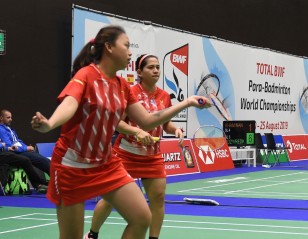
The Power of the Mind – Basel 2019 21 August 2019
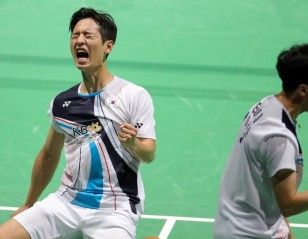
Minions Crash Land at Worlds Yet Again – Basel 2019 21 August 2019
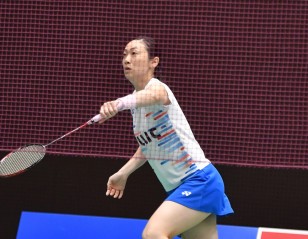
Suzuki Banks on Experience Over Age – Basel 2019 21 August 2019
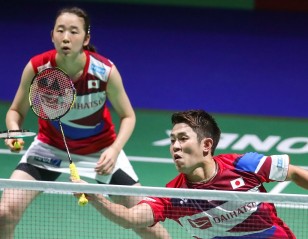
Nagahara ‘Mixing It Up’ – Basel 2019 20 August 2019
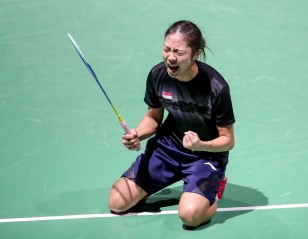
Jia Min Ousts Top Seed – Basel 2019 20 August 2019
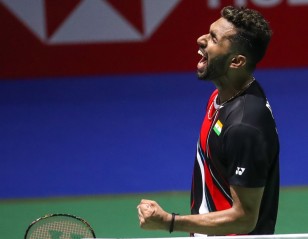
Lin’s Challenge Sputters Out – Basel 2019 20 August 2019
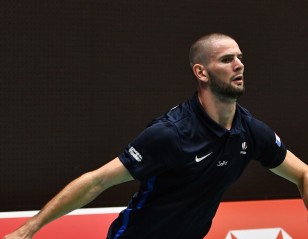
Mazur On Track to Retain Crown – Basel 2019 20 August 2019
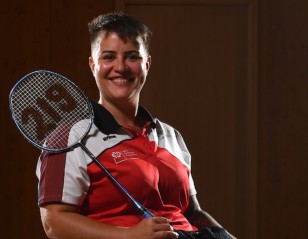
Trading One Set of Wheels for Another 20 August 2019
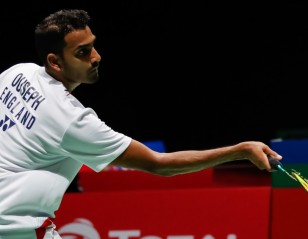
Ouseph Exits Stage, Bids Goodbye – Basel 2019 19 August 2019
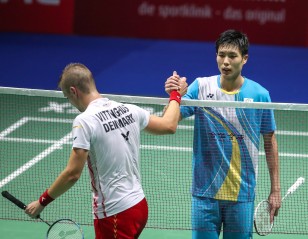
Chou Survives Danish Test – Basel 2019 19 August 2019
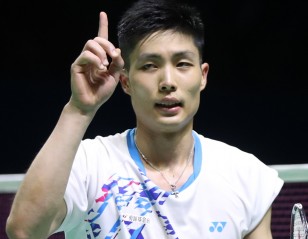
A Title Dedicated to a Battle Against Cancer 19 August 2019
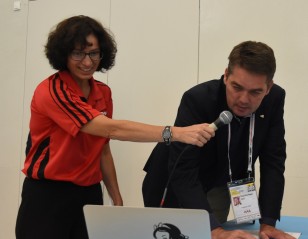
Draw Provides an Even Playing Field for All 18 August 2019
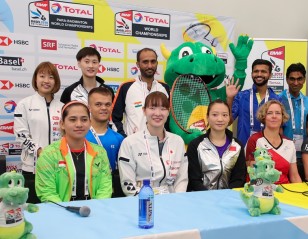
Para-llel Event a Unique Experience for Badminton Fraternity 18 August 2019
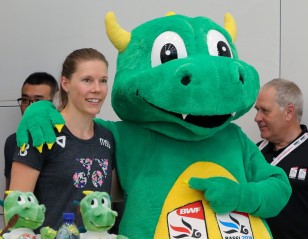
An Occasion to Cherish for Jaquet – Basel 2019 18 August 2019
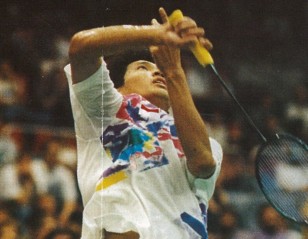
‘100 Watt Smash’ that Lit Up Lausanne – 25th Edition World C’Ships 17 August 2019
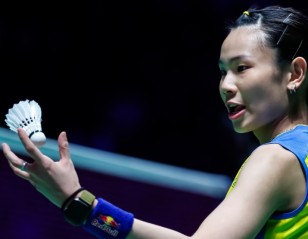
Preview: Worlds of Opportunity 17 August 2019
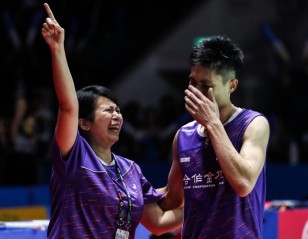
By Chou’s Side 16 August 2019
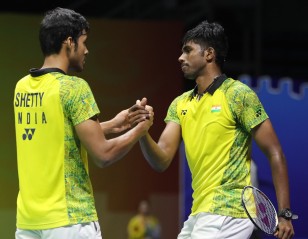
Satwik/Chirag to Miss World Championships 16 August 2019
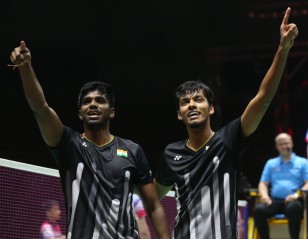
Indian Pair Blazes a Trail 15 August 2019
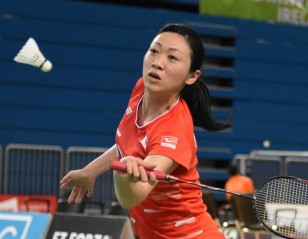
Awesome Threesome of SU5 – Para Badminton World C’Ships 14 August 2019
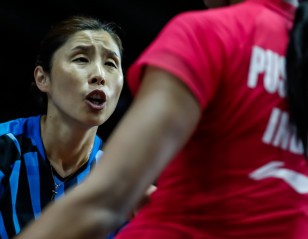
Life Lessons, From Coach Kim Ji Hyun 14 August 2019
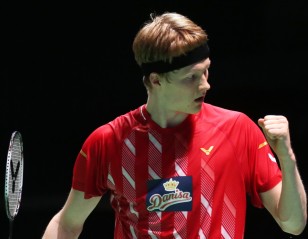
Free of Pressure, Antonsen Senses His Chance 13 August 2019
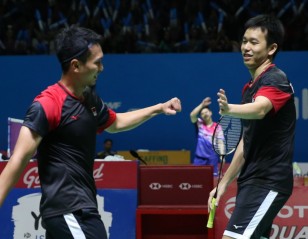
Ahsan/Hendra Play it Cool Despite Hot Form 11 August 2019
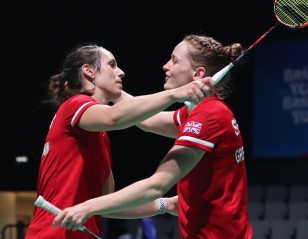
England Duo Anticipate Fruitful Week in Basel 10 August 2019

Women’s Singles Re-Draw – TOTAL BWF World Championships 2019 9 August 2019
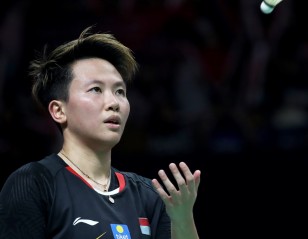
Winny Will Need Support: Liliyana Natsir 8 August 2019
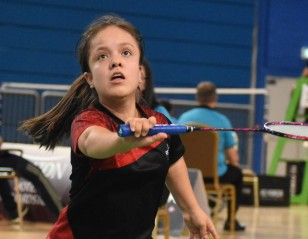
Sports Upbringing Gives Edge to Poveda 7 August 2019
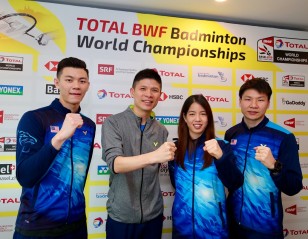
World Championships Draw Released 5 August 2019
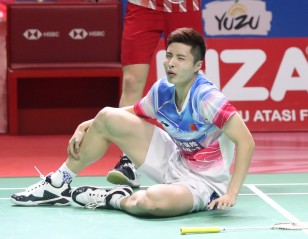
Marin, Shi Join Axelsen on Sidelines 5 August 2019
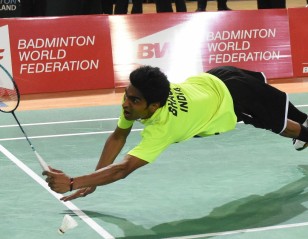
New Para Badminton Chapter Unfolds in Basel 1 August 2019
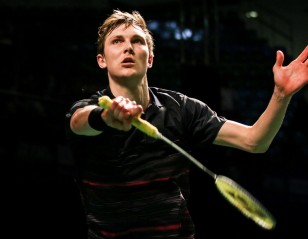
Injured Axelsen Withdraws From World Championships 31 July 2019
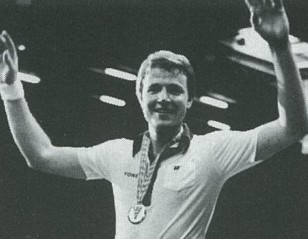
From Malmo to Basel – 25th Edition World C’Ships 30 July 2019
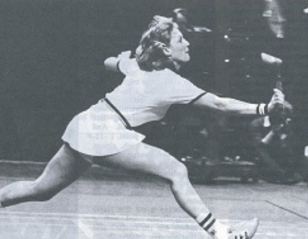
Famous Five and the Good Old Days – 25th Edition World C’Ships 19 July 2019
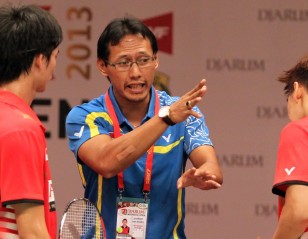
Revisiting a Hero: Sigit Budiarto 11 July 2019
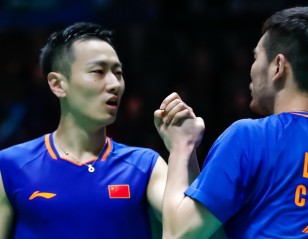
History Beckons Zhang Nan 10 July 2019
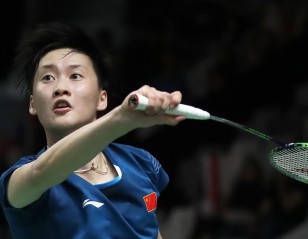
Chen To Lead China’s Charge 9 July 2019
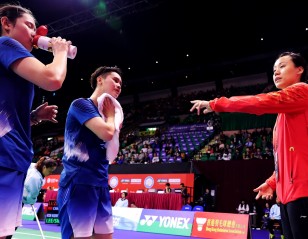
19 Days Left To Register for World Coaching Conference 26 June 2019
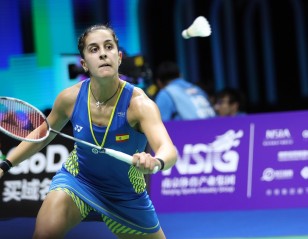
Marin on the Mend and Eyes Return 22 June 2019
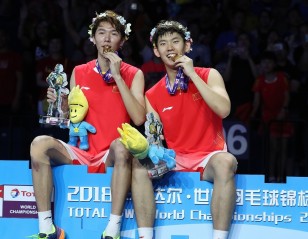
Two Months To Go – World C’Ships Countdown 19 June 2019

Li & Liu – Stepping Up When It Matters 7 June 2019
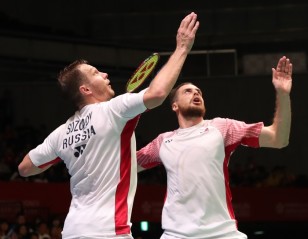
Ivanov & Sozonov Rekindle The Fire 3 June 2019
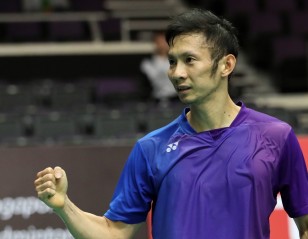
Tien Minh – Veteran Still Chasing His Dreams 2 June 2019
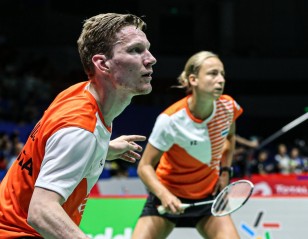
Confidence Boost for Dutch Duo 1 June 2019
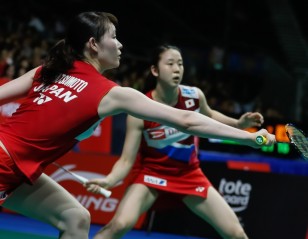
Matsumoto & Nagahara: Rapid Ascent to Pinnacle 8 May 2019
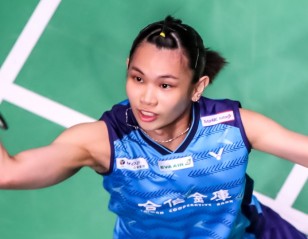
Tai Eases into Top Gear 25 April 2019
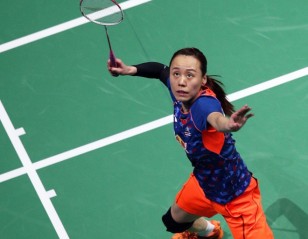
Zhao Yunlei Star Speaker at Coaching Conference 24 April 2019
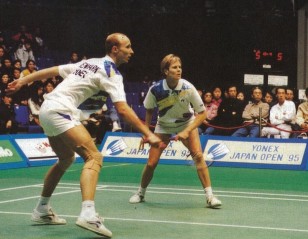
‘The Physical Level Has Gone Up’ 22 April 2019
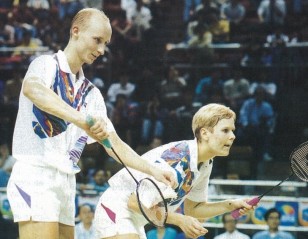
Memories of Lausanne 1995 20 April 2019
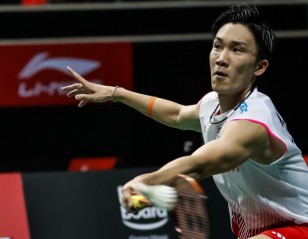
Momota Sets the Pace, but Speedbreakers Lurk 18 April 2019

BWF and Total Celebrate Five Years of Partnership 18 April 2019

Badminton Thrust into Bright Lights – World C’Ships 13 March 2019

Gold and Glory for Arbi – Throwback ’95 World C’ships 19 February 2019

GoDaddy Extends Major Events Partnership with BWF 11 February 2019
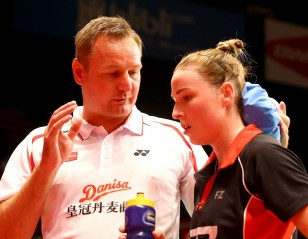
Star speakers assembled for BWF World Coaching Conference 2019 30 January 2019
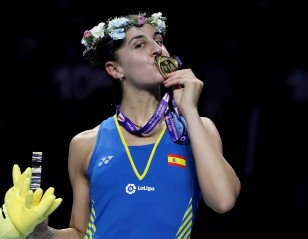
Singles Champions – Down the Ages 20 December 2018
